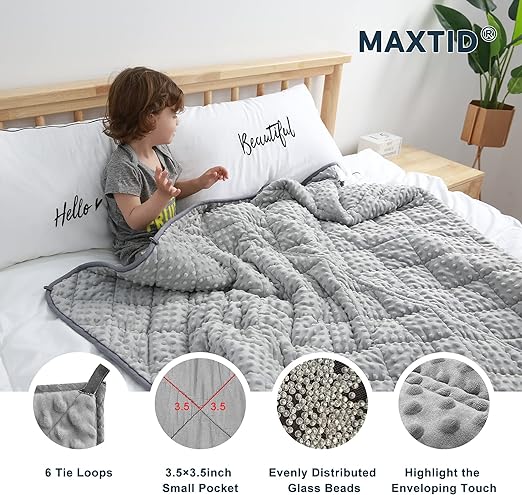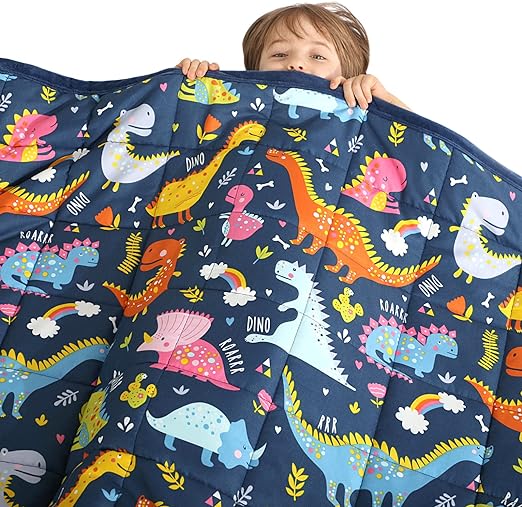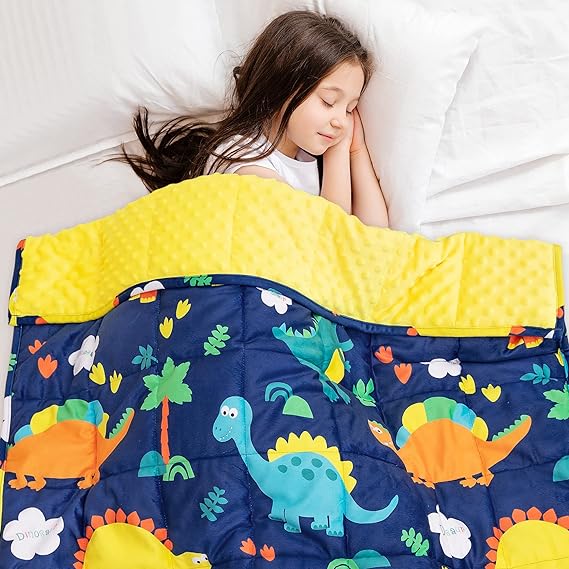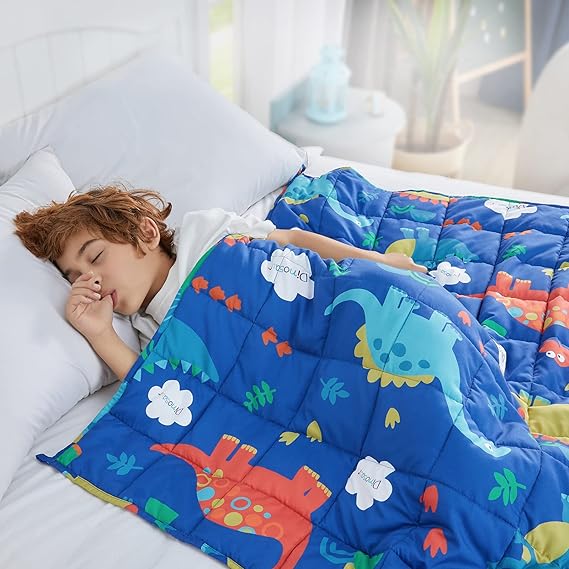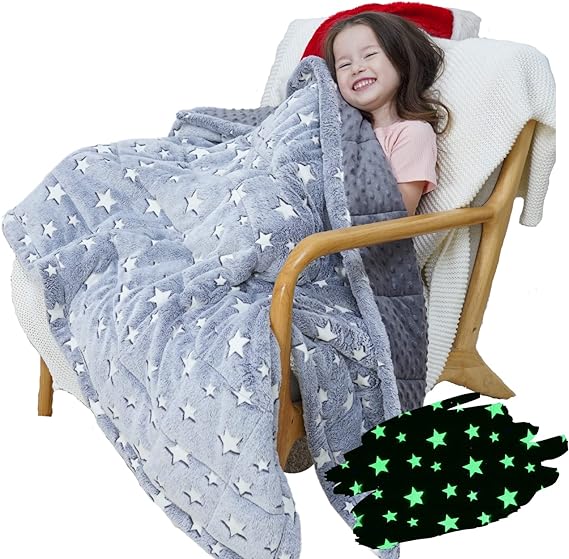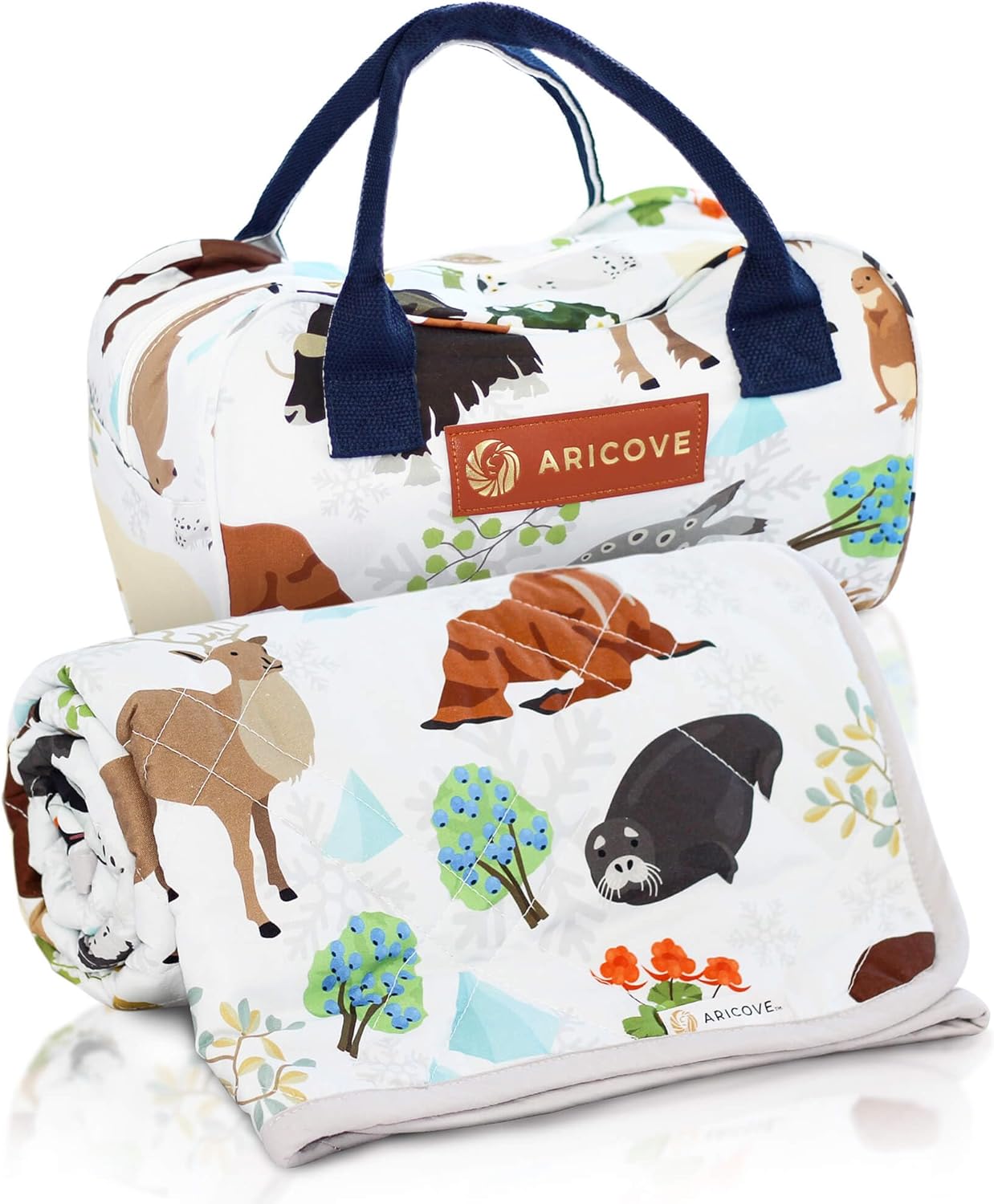
In the quest to ensure a restful night’s sleep for our children, many parents are turning to weighted blankets as a possible solution. These blankets, known for their therapeutic benefits, have sparked interest and curiosity in the parenting community. But the question remains: Are weighted blankets suitable for children?
Contents
Understanding Weighted Blankets
First, let’s delve into what weighted blankets are. These blankets are filled with materials like plastic pellets or glass beads to add weight, typically ranging from 5 to 30 pounds. The idea is to mimic the sensation of being hugged or held, a concept known as Deep Touch Pressure (DTP). DTP has been shown to release serotonin, a neurotransmitter that induces feelings of calmness and relaxation.
The Science Behind the Comfort
Several studies have suggested that weighted blankets can help reduce anxiety and improve sleep quality in various populations, including children. The gentle, firm pressure of the blanket can provide a sense of security, potentially helping children who struggle with sleep due to anxiety, autism, ADHD, or other sensory processing disorders.
Considerations for Children
When it comes to children, it’s crucial to choose the right weight for the blanket. A general guideline is 10% of the child’s body weight plus one or two pounds. However, it’s always best to consult with a pediatrician or occupational therapist to ensure the weight is appropriate for your child’s age, size, and health conditions.
Safety First
Safety is paramount when introducing a weighted blanket to a child’s sleep routine. It’s essential to ensure the child can remove the blanket independently to prevent any risks of suffocation or overheating. Weighted blankets are generally not recommended for children under the age of two.
Potential Benefits for Children
For children who find it difficult to settle down at night, a weighted blanket could be a soothing tool. It may assist in reducing the time it takes to fall asleep and enhance overall sleep quality. Parents of children with sensory processing issues have reported positive outcomes, noting improvements in calming down before bedtime and reduced night waking.
Aiding Children with Special Needs
Children with autism or ADHD, who often experience sensory processing challenges, might find particular benefit in using a weighted blanket. The consistent pressure can help in reducing anxiety and providing a grounding effect, making it easier for them to transition into sleep.
Personalized Comfort
It’s important to involve the child in the process of selecting a weighted blanket. This could include choosing the fabric, color, and weight, making the blanket a comforting personal item rather than just another bedding accessory.
A Complementary Approach
While weighted blankets can be a valuable tool in improving sleep, they should be part of a broader approach to sleep hygiene. This includes maintaining a consistent bedtime routine, creating a comfortable sleep environment, and limiting screen time before bed.
Consulting Healthcare Professionals
Before introducing a weighted blanket to a child’s sleep routine, it’s advisable to consult with a healthcare professional, especially if the child has any underlying health issues.
Conclusion
In conclusion, weighted blankets can be suitable for children, provided that they are used safely and appropriately. They offer a simple, non-invasive method to potentially improve sleep and reduce anxiety in children, especially those with sensory sensitivities. As with any intervention, it’s crucial to consider the individual needs of the child and to seek professional advice when necessary.
By embracing this cozy, calming tool, we might just be able to offer our children the gift of a peaceful night’s sleep – something invaluable for their overall health and well-being.
Our Top Pick
To find the best weighted blanket for children, look at this page for more information "Welcome to Your Comprehensive Guide to Weighted Blankets for Children. (Our Top 6)"
# | Product | Title | Rating | |
1 | 4.5/5 | |||
2 | 4.5/5 | |||
3 | 4.5/5 | |||
4 | 4.5/5 | |||
5 | 4/5 | |||
6 | 4/5 |

